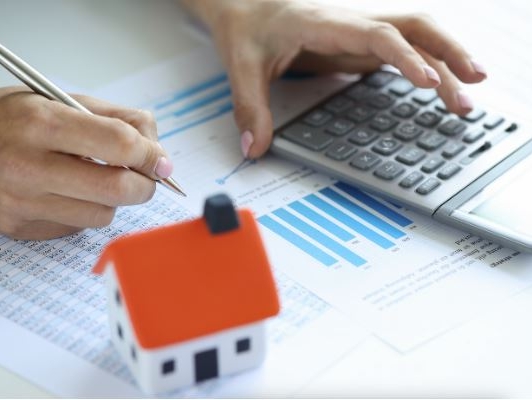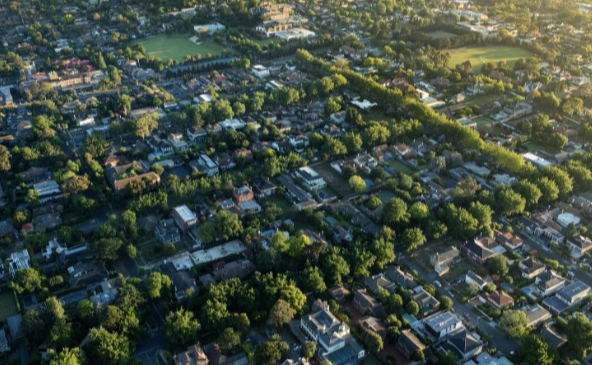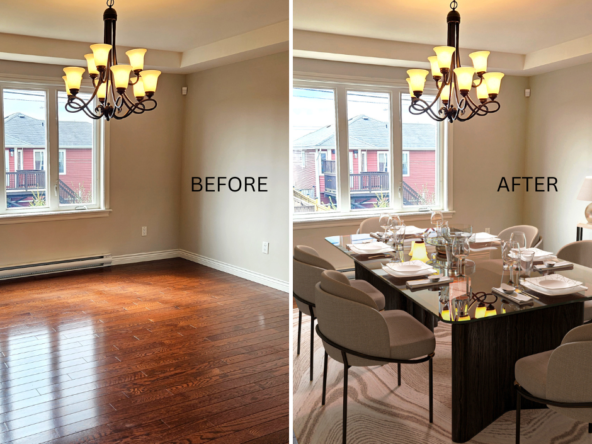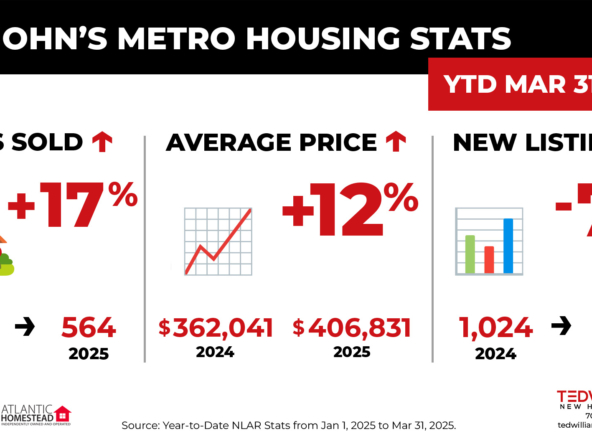Building your dream home is exciting, but here’s the cold, hard truth: it’s going to cost more than you think. Many first-time home builders start with a budget in mind only to watch it balloon as unexpected expenses pile up. The result? Financial stress, project delays, and, sometimes, compromises on the very features you were most excited about.
Unrealistic budgeting is one of the biggest pitfalls in home construction, but it’s entirely avoidable. In this post, we’ll unpack the hidden costs you need to account for and share tips on how to budget smartly from the start.
The Real Cost of Building a Home
When people think about building a house, they often focus on the obvious costs—materials, labor, and the builder’s fee. But here’s what they don’t see coming:
- Permits and Fees
Local governments require permits for construction, electrical work, plumbing, and more. These fees can vary widely depending on your location and the scope of your project.
Hidden Cost Alert: Don’t forget impact fees—charges for infrastructure improvements like roads or utilities. - Site Preparation
Building on a raw lot? You may need to clear trees, grade the land, or even address unexpected issues like poor soil or drainage problems. - Utilities and Connections
Extending power, water, and sewage lines to your property isn’t always included in the builder’s quote.
Tip: Confirm who handles utility hookups to avoid last-minute surprises. - Landscaping
It’s easy to forget the exterior while planning your dream kitchen, but landscaping can be a major expense. Fencing, driveways, sod, and even retaining walls often don’t make it into the initial budget. - Post-Construction Fixes
Once the dust settles, you may discover things like touch-ups, cleanup costs, or final inspections that weren’t part of the quote.
Pro Tip: Builders often offer a “builder’s clean,” but it might not be as thorough as you expect. - Upgrades and Customizations
Those luxury finishes and custom design tweaks? They add up fast, especially if you’re making changes mid-project.
Planning for the Unexpected
If you don’t leave room for contingencies, unexpected costs can derail your project. Here’s how to stay ahead:
1. Add a 10-15% Buffer
Always plan for a budget that’s 10-15% higher than your builder’s estimate. Think of it as an insurance policy against surprises.
2. Break Down the Budget
Create a detailed list of expenses, including hidden costs. The more granular your breakdown, the easier it is to spot potential problem areas.
3. Ask Tough Questions
During consultations, ask builders about what’s included—and more importantly, what isn’t. Push for transparency about fees and exclusions.
4. Don’t Overstretch
Just because you qualify for a large loan doesn’t mean you should use it all. Leave room in your finances for the unexpected.
Why Budgeting Matters
Unrealistic budgeting doesn’t just strain your wallet—it strains your peace of mind. Planning ahead ensures that when the bills come in, you can focus on the excitement of building your dream home instead of scrambling to cover shortfalls.
Ready to Build Smart?
As someone who’s helped hundreds of homeowners navigate the complexities of building in St. John’s, Newfoundland, I know how to help you stay on budget while creating a home you love. Let’s talk about how to make your dream home a reality—without breaking the bank.
Don’t just dream it—build it smarter.




